This man was a great artist. Luigi Crosio was an Italian painter who lived and worked in Turin, Italy. He died in Turin and is recorded as having been born in Alba, but the town of Acqui Terme, a few miles south of Alba, claims Crosio was born there.
Luigi Crosio was born in Alba, Italy in 1835 and died in Turin, 1915. He often painted religious works for the Kuenzli Brothers in Switzerland. This company specialised in religious and pious works for printing and distribution. There was a legal case in the 1890s regarding his painting Refuge of Sinners. This was his most successful image and another artist claimed the copyright for it. However, the Kuenzli Brothers produced photographs that showed the face of the Virgin was based on the face of one of Crosio’s daughters. The last work that Crosio is recorded having painted for the Kuenzli Brothers was in 1911.
He was survived by Annette Crosio, one of several daughters, who is known to have been still living in Turin in 1923.
The Beautiful Slave
This is an “Orientalist” painting that depicts a man buying a female slave. One of my favorite art genres is the “Orientalist” imagery as depicted by the romantic painters of Europe one hundred years ago.
78.7 x 54.6 cms | 30 3/4 x 21 1/4 ins
Oil on Canvas
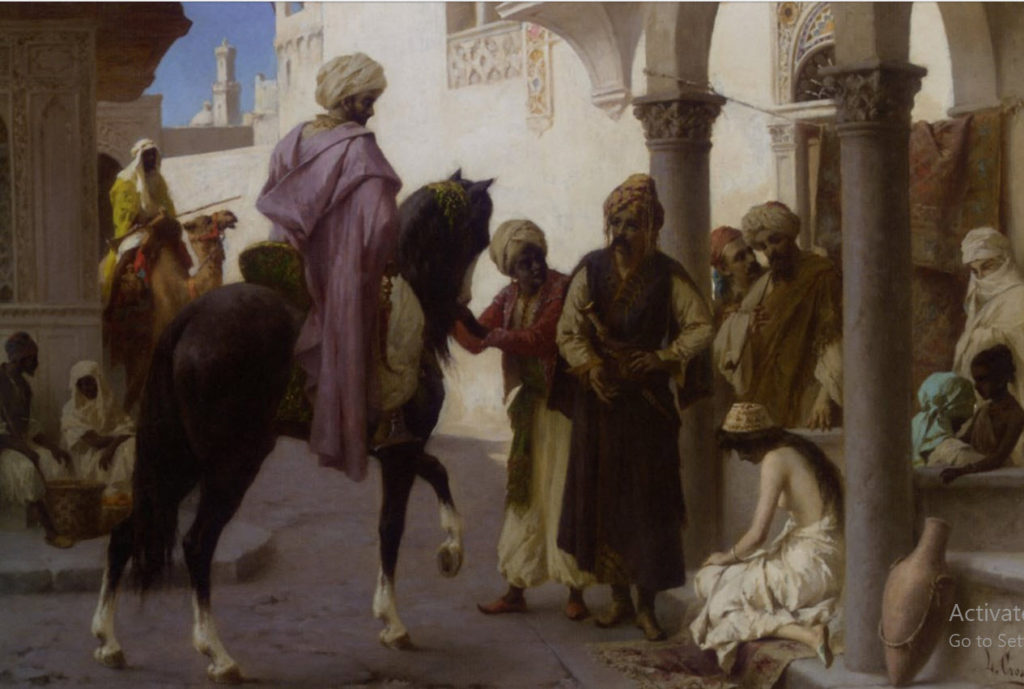
Sister’s Homecoming
Here, we see the relationship between the older sister and the younger sister as she arrives home. Note the possessive guardian stance of the loyal dog, and the open book of poetry next to the chair.
Oil on canvas
91.4 x 67.3 cms | 35 3/4 x 26 1/4 ins
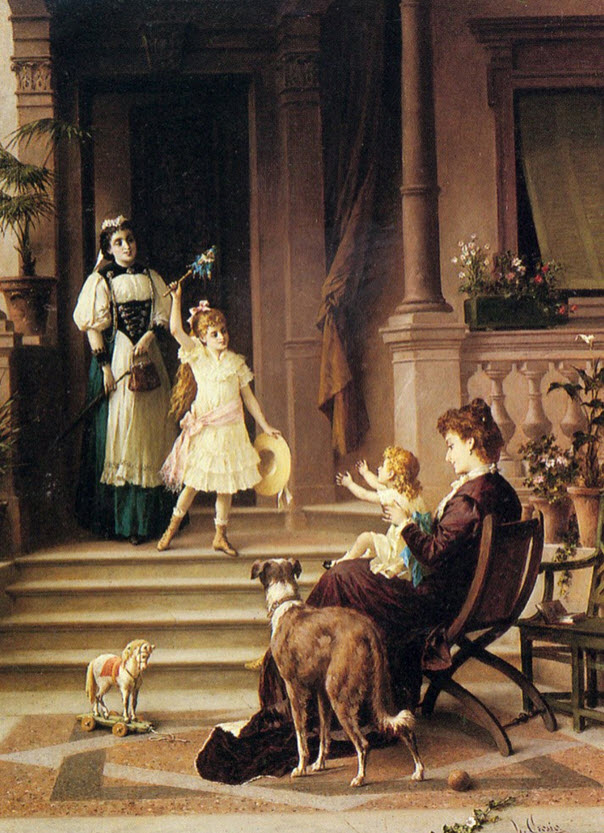
New Friends
Paintings of ancient Greece, Rome, and Egypt were always popular with these period painters. As an artist, I really enjoy the cool darkness of the nearby shrine, and the impression of a lovely day of moderate temperature.The goat is a nice touch, but I do love the rendered folds on the black woman’s dress.
Oil On Panel

A visit to an Art Museum
When was the last time that you visited an art museum? Be honest. It’s not the kind of thing you do every day. And unless you live in a city, it’s maybe a once every decade event.
In America, of course, all of the museums have turned into a for-profit model. So if you want to look at some art, sculptures, and walk around in the galleries, you must pay an entrance fee. Not so in China. Most are open to the public. Though, Hong Kong, in deference to the influence of the British Empire has also adopted the for-profit model.
All museums (well most) have a discount or “free” day. And you can go visit the museum and not have to worry about the fees. When I lived in Woonsockett, RI there was a historical museum of the city nearby, and they wanted $35 per person to go in. That’s pretty steep, and that was maybe 25 years ago.
To see what “specials” or events that the museums have, you just go to their web page. You might be surprised. I will tell you that going out to a museum is a great activity and a heck of a lot of fun. Then afterwards go out and eat a nice meal. Always a great activity.
Art museums tend to be fun. You go into the new progressive art section and will laugh at what people think is art, while you might go up and down corridors with nothing but tranquil landscapes. I always loved the statues, and that section of the museums.
In today’s really crazy world…
…perhaps a nice visit to a museum might be in order.
Types of Museums
There are different types of museums. Here are some of them:
Archaeology museums. They display archeological artifacts. They can be open-air museums or they can exhibit items in a building.
Art museums. Also known as art galleries. They are spaces for showing art objects, most commonly visual art objects as paintings, sculpture, photography, illustrations, drawings, ceramics or metalwork. First publicly owned art museum in Europe was Amerbach-Cabinet in Basel (Now Kunstmuseum Basel).
Encyclopedic museums. They are usually large institutions and they offer visitors a wide variety of information on many themes, both local and global. They are not thematically defined nor specialized.
Historic house museums. A house or a building turned into a museum for a variety of reasons, most commonly because the person that lived in it was important or something important happened in it. House is often equipped with furniture like it was in the time when it was used. Visitors of the house learn through guides that tell story of the house and its inhabitants.
History museums. They collect objects and artifacts that tell a chronological story about particular locality. Objects that are collected could be documents, artifacts, archeological findings and other. They could be in a building, historic house or a historic site.

Living history museums. Type of a museum in which historic events are performed by actors to immerse a viewer and show how certain events looked like or how some crafts were performed because there is no other way to see them now because they are obsolete.
Maritime museums. Specialized museums for displaying maritime history, culture or archaeology. Primarily archaeological maritime museums exhibit artifacts and preserved shipwrecks recovered from bodies of water. Maritime history museums, show and educate the public about humanity’s maritime past.
Military and war museums. Museums specialized in military histories. Usually organized from a point of view of a one nation and conflicts in which that country has taken part. They collect and present weapons, uniforms, decorations, war technology and other objects.
Mobile museums. Museums that have no specific strict place of exhibiting. They could be exhibited from a vehicle or they could move from museum to museum as guests. Also a name for a parts of exhibitions of a museum that are sent to another museum.
Natural history museums. Usually display objects from nature like stuffed animals or pressed plants. They educate about natural history, dinosaurs, zoology, oceanography, anthropology, evolution, environmental issues, and more.
Open-air museums. Characteristic for exhibiting outdoors. Exhibitions consist of buildings that recreate architecture from the past. First opened in Scandinavia near the end of the 19th century.
Pop-up museums. Nontraditional museum institutions. Made to last short and often relying on visitors to provide museum objects and labels while professionals or institution only provide theme. With that is constructed shared historical authority.
Science museums. Specialized for science and history of science. In the beginning they were static displays of objects but now they are made so the visitors can participate and that way better learn about different branches of science.
I like to believe that you will surprised by the large number of museums around you. You simply go to the local library, and go up to the librarian there and ask them where the local museums are. You will find city, state, and country historical museums. Natural museum for such things as local wildlife, and butterflies (great fun that one!). And many more.
Planning
If you did your research, you might discover that the local country historical museum is open to the public and free, but is only open two days a week.
Or you might discover a local national history museum is free but asks for donations.
Just plan out your event. I urge going budget, keeping in mind that the idea is not to tantalize the children, but for you all to have a nice outings with those you care about.
- Pick a museum.
- Pick a date.
- Plan the trip.
- Pick an unusual restaurant to make it special.
Special Meals?
What do I mean by special meals? Well, I mean that you go out and find a restaurant to eat in. NOT FAST FOOD.
- A family Italian restaurant.
- A seafood, or local restaurant that has good cheap prices. (I once found a Cuban restaurant in the middle of nowhere. I ate delicious food that I never had since.)
- A diner that is out of one of those old fashioned diner cars.
- A place that makes their own ginger beer.
- A place that is listed in the local community newspapers as “unique” or “special” or that has a story that is interesting.
Maybe your budget is so slim that you cannot afford a real mean. Then consider an after museum picnic. And just plan where to go, and BBQ some chicken, or meat, And relax in the countryside.
The idea is, of course, to have a low budget fun and special time with those you love and appreciate.
Final thoughts
There is no reason why you can’t have fun regardless of your personal situation. If you are working, then take the time off. If you are not working, then go when no one else is around.
Keep in mind, from a budget point of view, the cheapest meals are breakfasts.
You would be so very surprised at how cheap two eggs, toast, and baked beans (fried potatoes) are with a cup of coffee.
Get up early, have a weekday early breakfast in a diner, then go to the museum.
Have a great time.
Take a ton of “selfies”, and then head home.
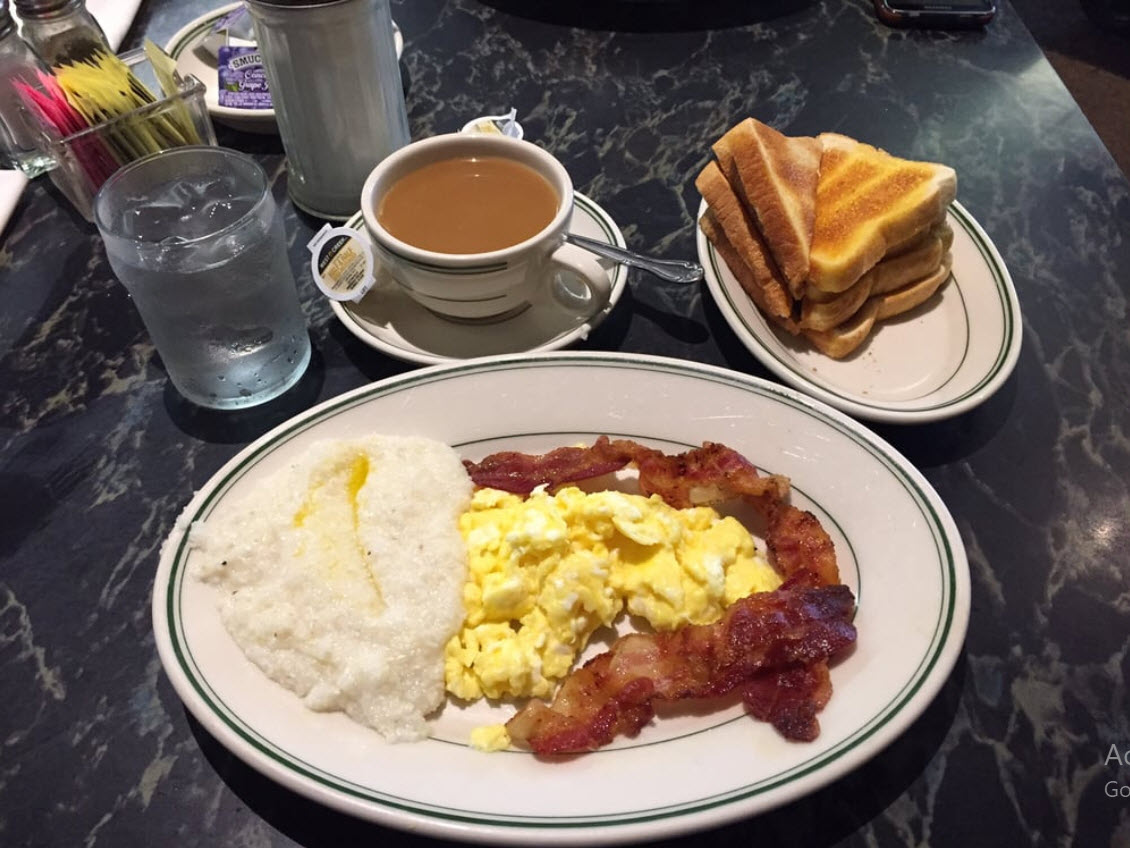
Also, keep in mind that State Parks usually have cabins to rent, and that they are dirt cheap. But you have to reserve them months in advance.
Some of the most remarkable times that I ever had was staying in some of these (bare) cabins, and going out and tromping though the state forest paths at night under a full moon, or attending the local recreation of a log cabin community at night.
Magical times.
And the smells of the wood smoke and the fires were mystical.
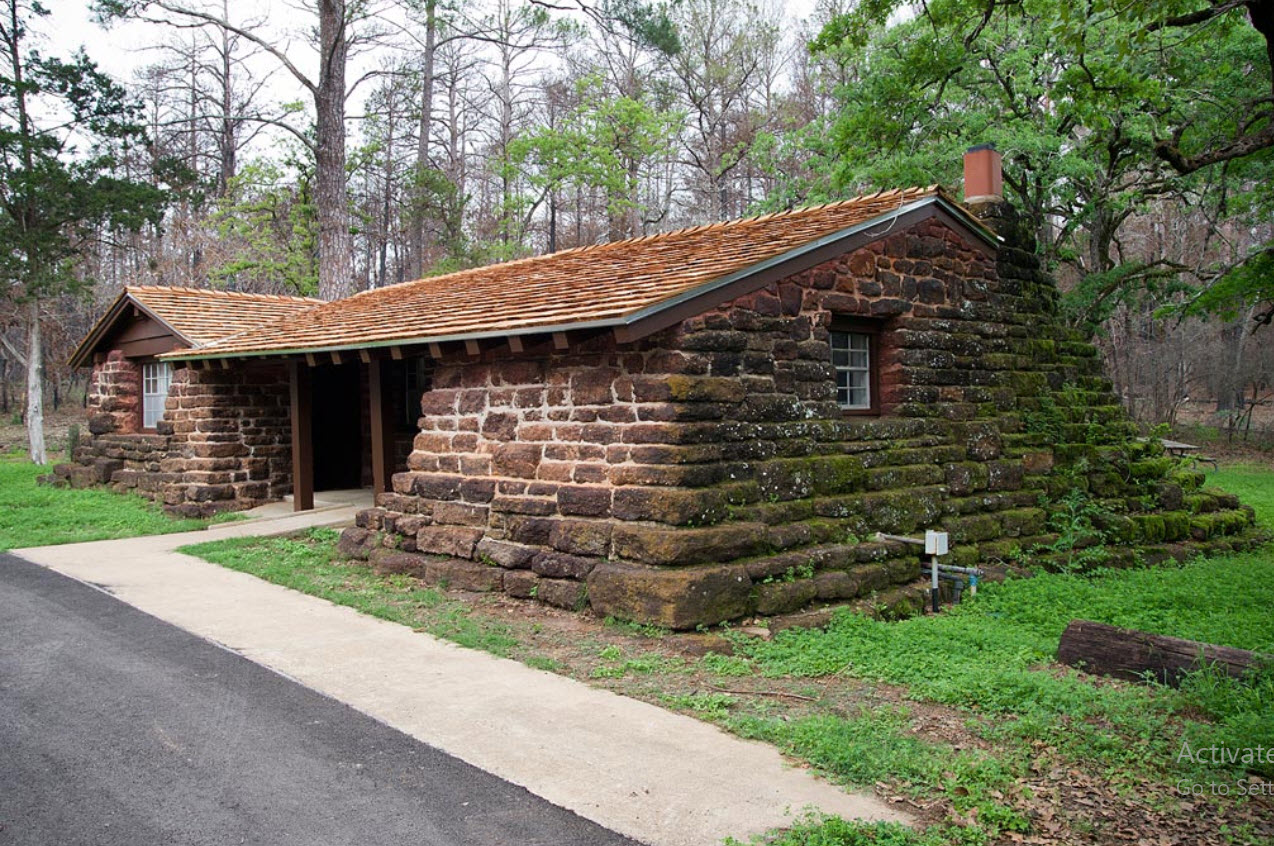
Note that the prices can vary from $5 to $35 a night. The cabins will be bare. With just a mattress, and a table and chairs. There will be a nice fireplace, and a cord of wood to use. Some may have electricity. Some might have such things as refrigerators and other amenities, but don’t count on it.
Just check out the local webpage of the park that you are interested in visiting.
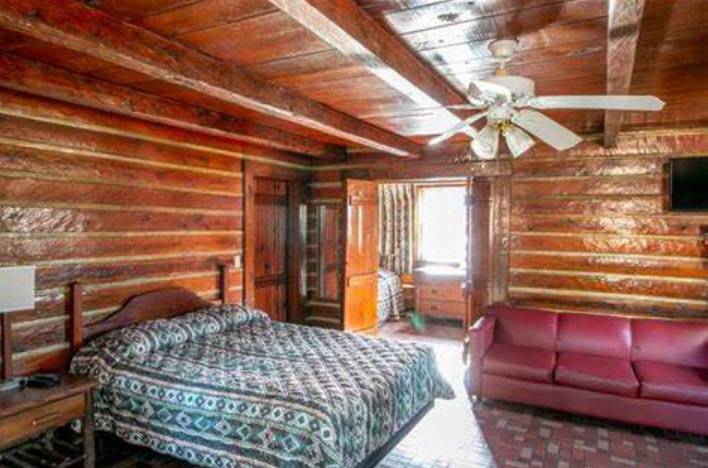
Do you want more?
I have more articles like this in my Art Index here…
ART.
Articles & Links
Master Index.
- You can start reading the articles by going HERE.
- You can visit the Index Page HERE to explore by article subject.
- You can also ask the author some questions. You can go HERE to find out how to go about this.
- You can find out more about the author HERE.
- If you have concerns or complaints, you can go HERE.
- If you want to make a donation, you can go HERE.

